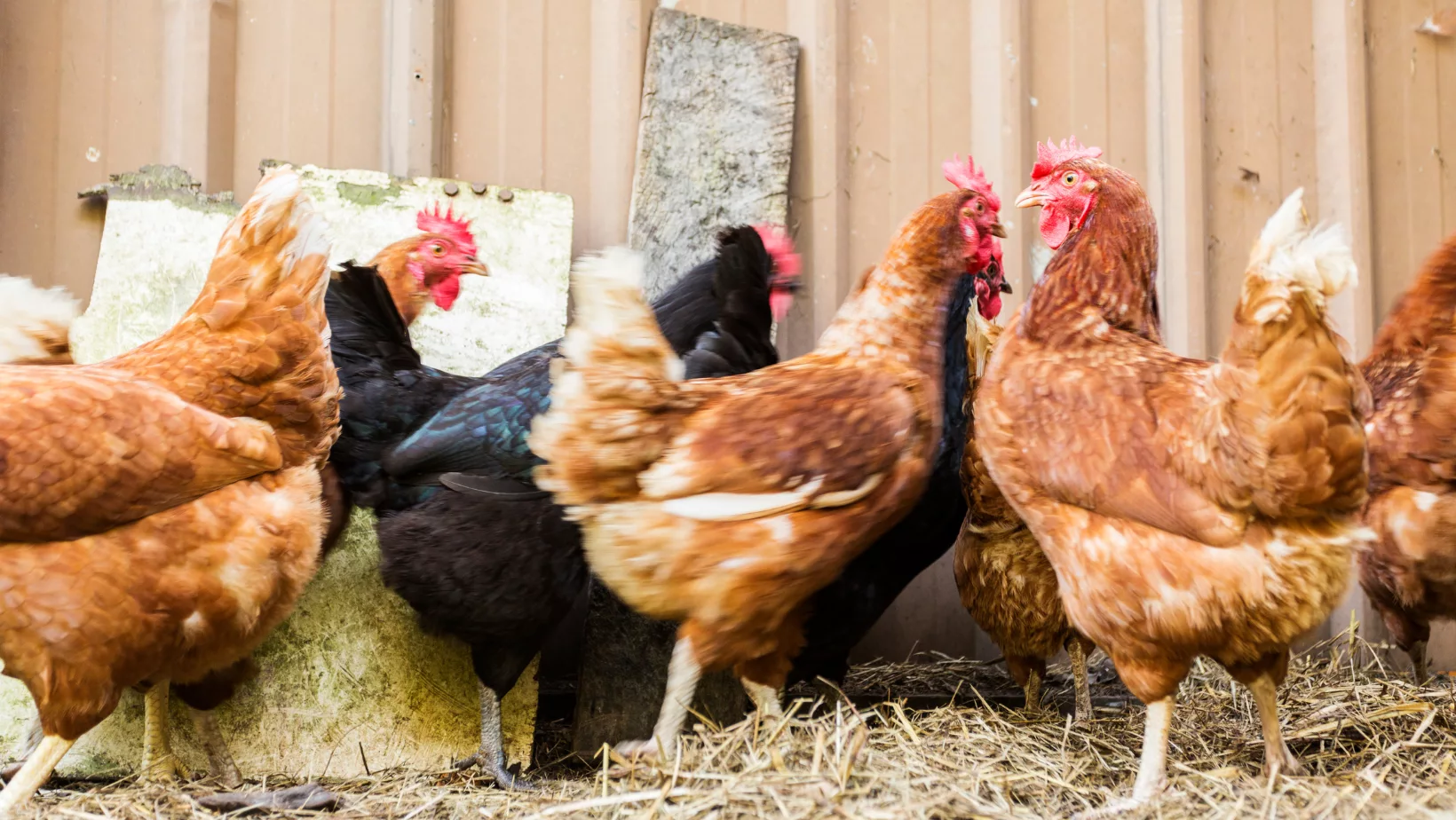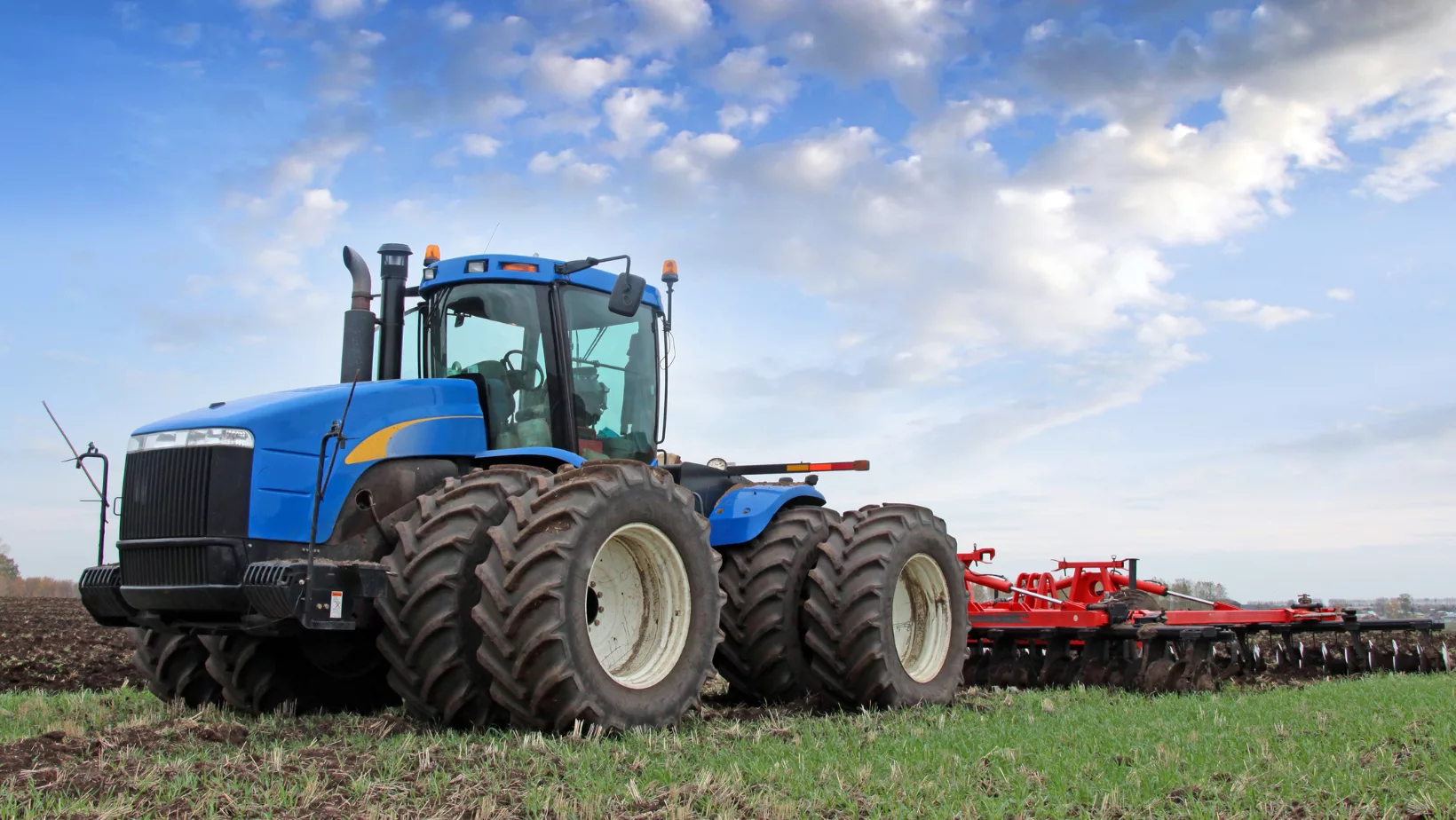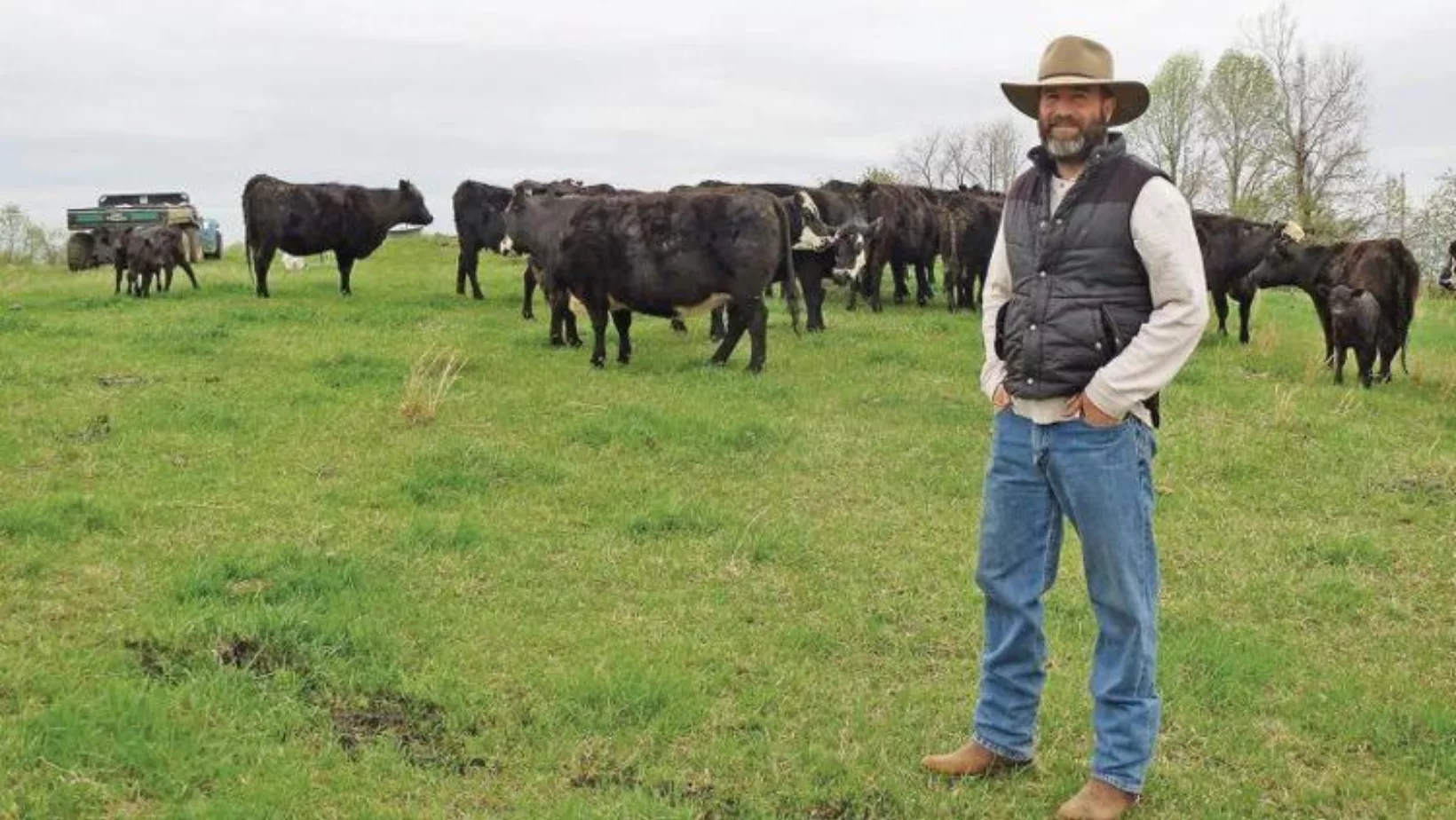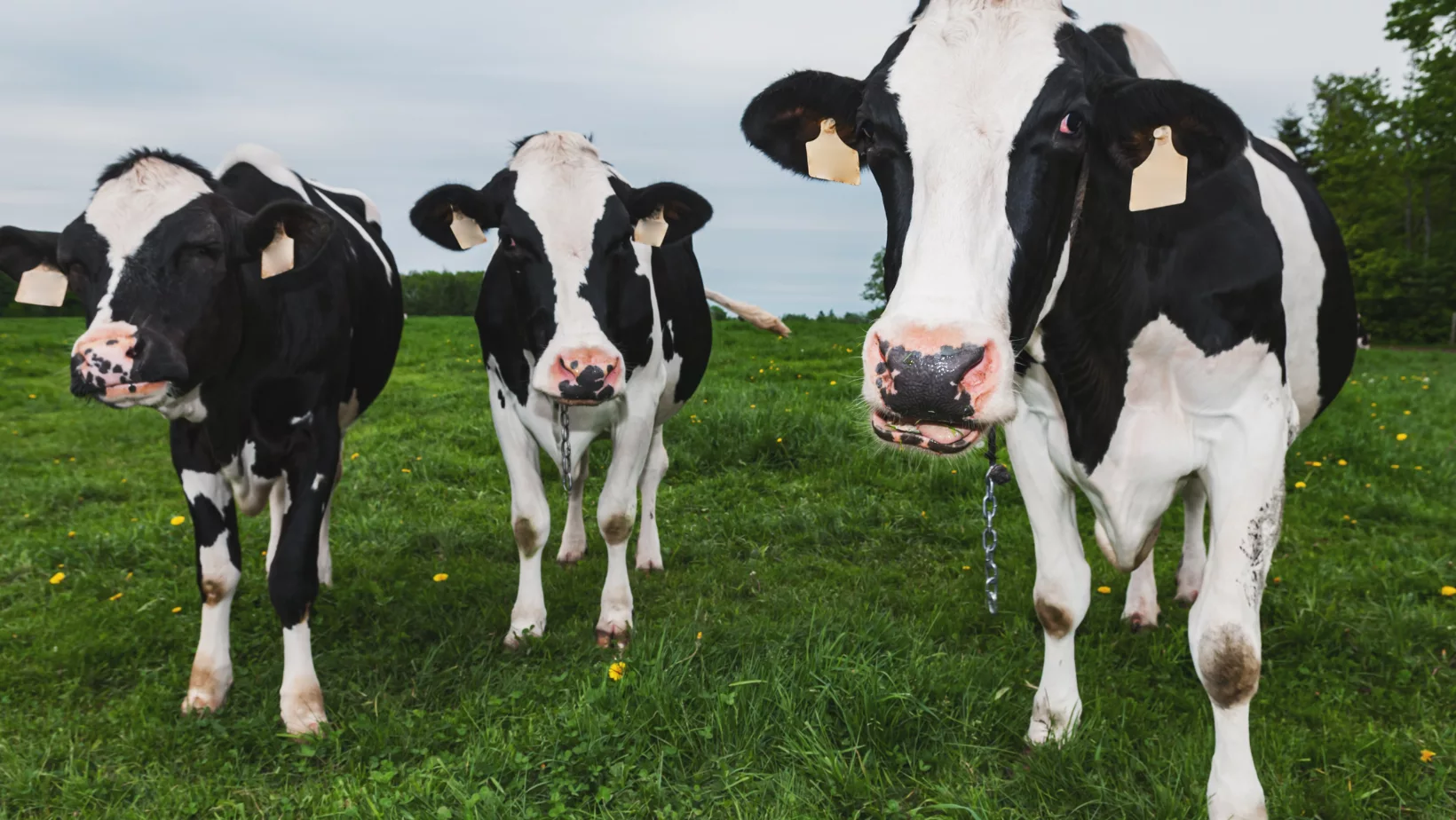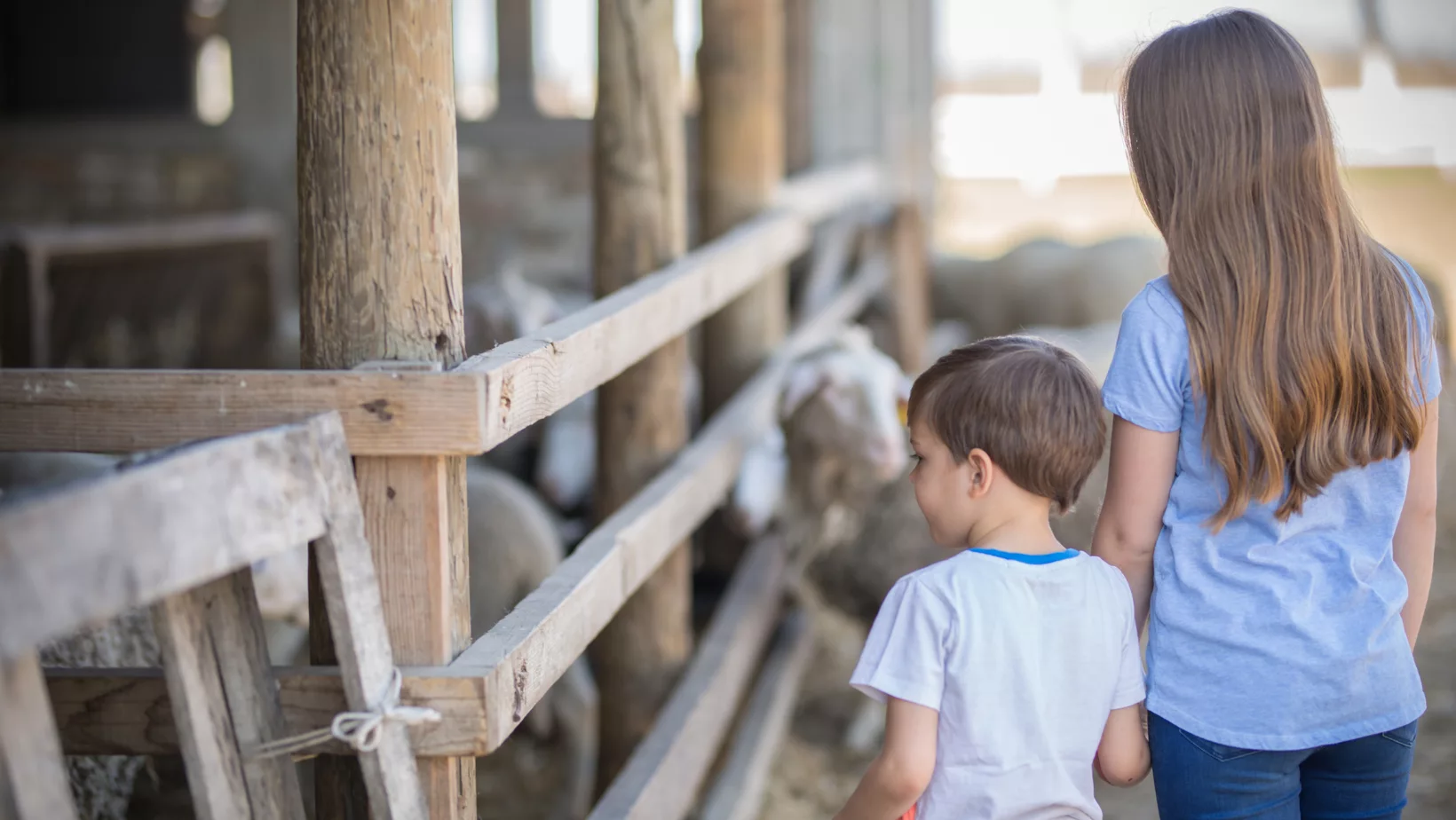
Summer farm safety tips for kids and teens
The following information is provided by Nationwide®, the #1 farm and ranch insurer in the U.S.*
The end of the school year and beginning of summer break is an exciting time for farm kids. It’s also the start of what should be a time of heightened safety awareness among parents and other adults on the farm as young people help out around the farm.
That’s especially important today — as a challenging farm labor situation may have many farmers enlisting teenagers and even younger family members to work on the farm. Given the increased likelihood of injury or fatality from common farm work among young people, safety should be the top priority whenever youth put on their work gloves.
Farm safety starts with a simple conversation
Preventing conditions that favor injury or worse when youth are working on the farm starts with a simple conversation. When it becomes a regular topic of conversation, safety becomes part of the culture of your farm.
“My son is right there with his dad every step of the way when it comes to taking care of the pigs,” said farmer and Nationwide Risk Management Manager Emily Atwood. “When he sees his dad do something, he thinks that’s something he can do too – but that’s not always the case.”
Atwood knows there are countless farm hazards and considers frequent safety conversations the foundation of smart, attentive behavior in her son, especially when she’s unable to directly supervise him.
“We talk to him regularly about being safe and making good decisions and making sure either mom and dad knows where he’s at and what he’s doing at all times,” Atwood said. “We just want to build that awareness in him, so he thinks twice before he makes a dangerous decision, especially when we’re not there with him.”
Steps to promote a safe working environment
There are steps Atwood and other farmers can take to promote a safe working environment, both before and while youth are helping out on the farm.
•Designate areas where they can and can’t go. Safe areas should be separated from potential hazards like machinery and confined spaces like manure pits. Consider fencing off or locking particularly hazardous areas, like chemical or fuel storage.
•Inspect your farm regularly. Things change on a daily basis on the farm, especially during the busy summer months. Take time to check for any changes in potential hazards as frequently as possible.
•Assign young workers appropriate jobs. Make sure young workers can do their work safely. Train them on any work they’re doing, reminding them often of the necessary safety precautions.
•Store equipment and machinery safely. Remove keys from machinery like tractors, and make sure all hydraulic components are lowered.
•Demonstrate safe habits. Don’t introduce youth to potential hazards like riding along unsecured in machinery, using farm shop tools alone and entering confined spaces.
Visit AgInsightCenter.com for resources and expert tips on trending topics to help you run a successful business and maintain the safety of your operation.
[1] *A.M. Best Market Share Report 2022.
Nationwide, the Nationwide N and Eagle, and Nationwide is on your side are service marks of Nationwide Mutual
Insurance Company. © 2023 Nationwide
pires well after
baling. That continued respiration in the presence of oxygen after it’s baled creates conditions that can
cause bales to spontaneously combust. Wet hay that continues to respire can generate heat and
eventually spontaneously combust.
After hay is baled and stored at higher moisture levels, the fire risk from spontaneous combustion is
greatest in the first two to six weeks. And that risk continues if hay bales are stored where moisture can
linger, like a barn with a leaky roof or high–humidity area.
Hay placed in storage should have a moisture content under 25%, according to a report from the
Pennsylvania State University Agriculture and Biological Engineering Department. Higher levels of
moisture require an oxygen limiting storage system. The heat generated by the crop plus the presence
of oxygen increases the risk of a fi

